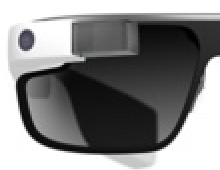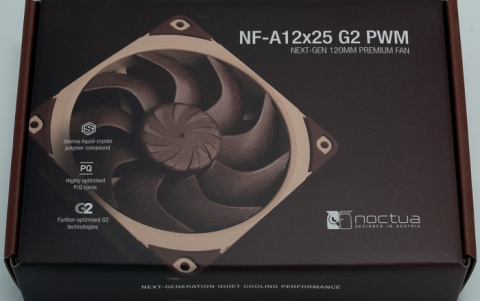
New Google Glass Teardown Confirms Its Low Manufacturing Cost
A new teardown analysis of Google Glass -- sold for $1500 -- shows that has hardware and manufacturing costs that amount to just $152.47. The latest analysis performed by IHS Technology confirms that Google's high-tech accessory includes hardware that costs far less than the device's street price.
Teardown.com had also recenty taken the Glass device apart and had estimated a total bill of materials of $80.
Does that mean that Google is pocketing a sky-high margin of 90 percent on each Glass sale?
IHS claims that a dissection of the product is a useful tool for understanding the component and manufacturing cost of electronics devices, but it doesn’t always tell the whole story of the value of a product.
"As in any new product - especially a device that breaks new technological ground - the bill of materials (BOM) cost of Glass represent only a portion of the actual value of the system," said Andrew Rassweiler, senior director, cost benchmarking services for IHS. "IHS has noted this before in other electronic devices, but this is most dramatically illustrated in Google Glass, where the vast majority of its cost is tied up in non-material costs that include non-recurring engineering (NRE) expenses, extensive software and platform development, as well as tooling costs and other upfront outlays. When you buy Google Glass for $1,500, you are getting far, far more than just $152.47 in parts and manufacturing."
IHS says that Google Glass carries a BOM of $132.47. When the $20.00 manufacturing expense is added, the cost to produce the head-mounted computer rises to $152.47.
Most of the integrated circuits (ICs) in Google Glass are mature when compared with recent flagship smartphone designs. For example, the Texas Instruments Inc. OMAP4430 apps processor used in Google Glass is made with 45-nanometer (nm) semiconductor manufacturing technology - two generations behind the 28nm chips employed in the latest flagship smartphones.
The use of more cutting-edge ICs could yield future Google Glass products that are smaller, lighter, more energy-efficient and less costly to produce than the current model.
The second most expensive single component in Google Glass is also its most defining feature: its head-mounted liquid-crystal on silicon (LCOS) projector display. IHS estimates the cost of the Himax Technologies Inc. LCOS projection element made by Taiwan’s Himax Technologies Inc. at $20.00, accounting for 15 percent of the total Glass BOM.
Texas Instruments components dominate the Glass design, with the semiconductor supplier contributing the apps processor, power management IC, audio codec, battery fuel gauge and regulator ICs. Altogether, TI accounts for an estimated $37.90 worth of components identified so far in the Glass, representing 29 percent of the BOM.
Glass includes two accelerometers: one from STMicroelectronics and another from InvenSense Inc. Accelerometers are commonly used to detect motion in electronic devices, such as smartphones and video-game controllers. Given that smartphones generally incorporate just one multiaxis accelerometer, the use of two of these devices represents an interesting and unusual design choice that must be further investigated to be understood.
The frame of the Glass represents the single most expensive component of the device, at $22.00, or 17 percent of the BOM. The frame is made of titanium, a highly durable and expensive material used in high-performance military aircraft and in some eyeglass frames. However, titanium is rarely used in commercial electronic devices analyzed by the IHS Teardown Analysis Service.
Google Glass is not yet generally available through retail. The pre-mass-market status of Google Glass is evident by examining its design.
"Today’s Google Glass feels like a prototype," Rassweiler said. "The design employs many off-the-shelf components that could be further optimized. If a mass market for the product is established, chip makers are expected to offer more integrated chipsets specific to the application that will greatly improve all aspects of performance, including processing speed, energy efficiency, weight and size. Future product revisions are sure to make strides in all of these areas."





















